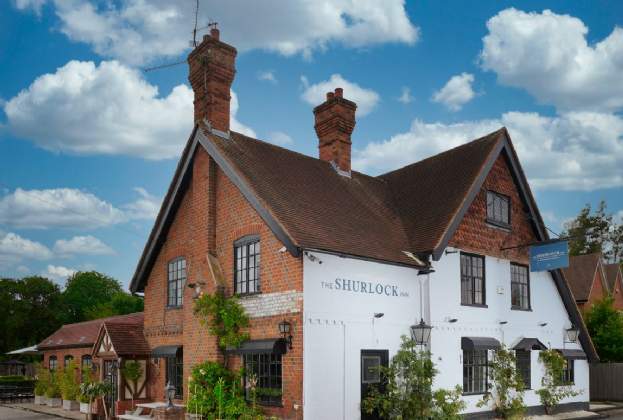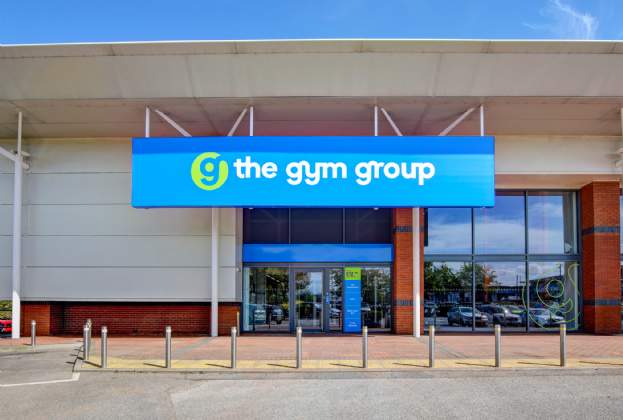A white Christmas is usually more of a dream than a reality but there are plenty of opportunities to get your ice and snow fix thanks to indoor snow centres and temporary and permanent ice rinks.
The first centres promising year-round snow opened in Australia, Belgium and Japan more than 25 years ago. The UK has since become home to six snow centres, making it one of the countries with the highest provision – the Netherlands has seven and Germany five.
Due to their size and unusual fit-out, indoor snow centres are expensive to develop. Ski Dubai, which is currently the world’s largest, providing a 22,500 sq m skiing area and a 400m slope, cost around $400 million to develop. In 2015 it was reported that Westfield had purchased land adjacent to its Stratford shopping centre to build London’s first snow centre in a £200 million snow dome. When completed the centre will be one of the largest indoor ski resorts in the world, with around 20,000 sq m of piste, covered with thousands of tonnes of year-round ‘real’ snow.
Running a snow centre is a complex task, with high operational costs and a wealth of specialist knowledge required. In terms of these centres coming to market, it’s very rare that one is sold due to their small numbers. The lack of direct comparables makes the valuation of a snow centre a challenge. The best way to value it is to use the profits method, based on the income that can be generated by the business. The multiple applied is reflective of the risk, the high maintenance costs and the sustainability and levels of income provided by on-site additions such as retail offerings and restaurants.
Ice rinks are another popular winter attraction, popping up across the UK, often as supplementary offerings to existing visitor attractions, such as the rink at Somerset House. However, the running of a permanent ice rink involves a whole new set of considerations, such as the provision of year-round maintenance. The ice rink market is relatively mature, with few new rinks being built each year as construction costs and development considerations limit opportunities.
As a result, new rinks are often built as part of larger mixed-use schemes or facilitated by residential schemes. The majority of ice rinks in the UK were constructed and owned by local authorities. However, there has been a recent shift towards public/private initiatives becoming more of a common source of funding.
Both ice rinks and indoor snow centres offer unique challenges to owners and those valuing and constructing them. However, their popularity continues to attract visitors and they remain a staple of the leisure provision.
Further information
Contact Savills Leisure and Trade Related team
.jpg)



.jpg)


.jpg)


.jpg)